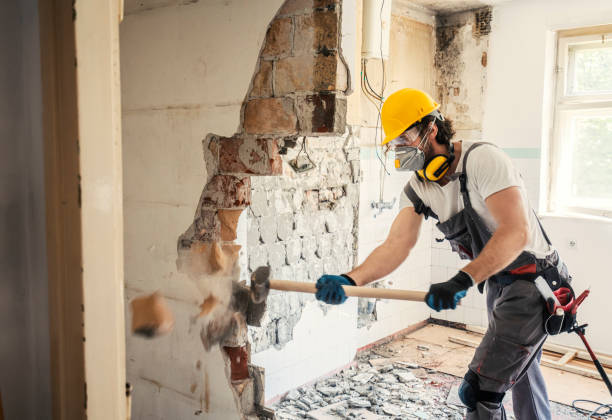Passivation is a method used by finishing companies to remove any excess dirt, foreign objects and free iron. This produces a surface that is prepared to accept the thin film that is deposited during the final passivation procedure. Overall when passivated, the workpiece that emerges presents a surface that is not only more aesthetically appealing but also more durable. At the very least, particularly when it comes to stainless steel, the part now possesses improved corrosion resistant qualities.
The Process Begins: Cleaning
Before the actual passivation process occurs, the component must undergo a thorough cleaning. This occurs in two parts. The first is a basic cleaning. The second involves pickling or electropolishing. Either is capable of removing the surface issues that may impede the ability of the overall passivation process to be effective.
The Acid Bath
The next stage involves the dipping of the metal into an acid bath. The acid may be nitric or citric. The choice will depend upon any or all of the following factors:
- Specifications by ASTM or AMS
- Requirements of the manufacturer of the component
- Concerns for environmental and employee safety – citric acid is more friendly on both counts
- Preferences of the finishing company
Yet, regardless of the choice of acid, the equipment needs to reflect the nature of the choice. In other words, it needs to be appropriate to the chemical composition of the acid. This should also apply to all stages of the passivation process. Whether the company is using it during the process or disposing of it, all safety and security measures must be reflected in the choice of the right equipment.
The actual equipment for the process is manual or automated. A series of tanks will present a continuous line or a series of integrated lines directed to handle diverse functions such as cleaning and passivation baths. Spays may be used to rinse the objects after they have been passivated. Integrated among the systems are control mechanisms, safety devices and data management. All are designed to produce optimal results.
Successfully Passivated
Whether passivation is a success depends upon the ability of finishing companies to make sure everything adheres to the strict specifications of the involved agencies and parties. The final step in the process will determine whether the procedure has been a success. The finishing company can inspect test or both the final product. This will determine whether the procedure did result in a passivated metal part that will match the stringent standards of today’s manufacturing market.





